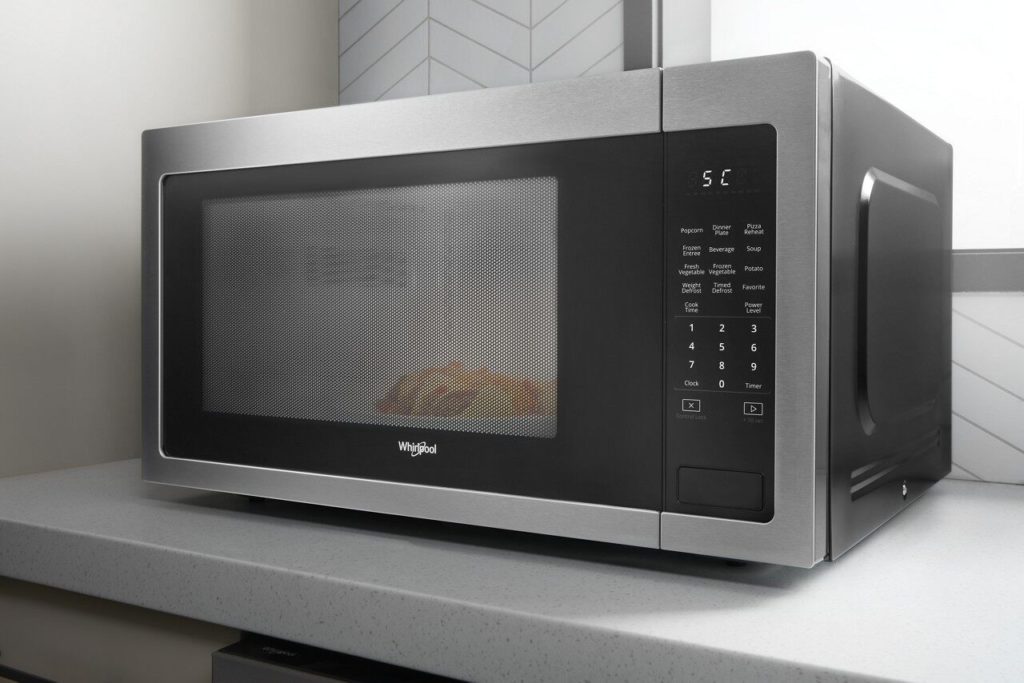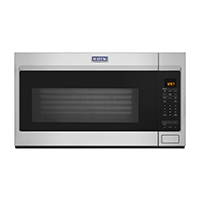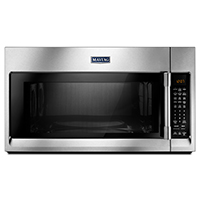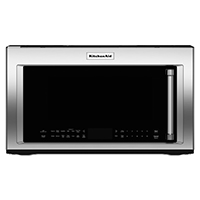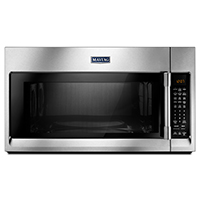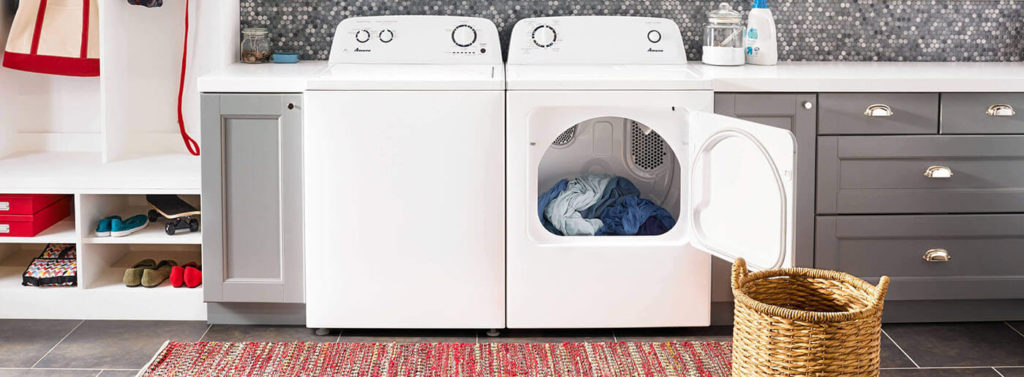A combination microwave oven provides users with all the benefits of a microwave oven, plus the benefits of a traditional oven, letting them cook, grill, or steam food. Fundamentally, the device performs similar functions to that of a microwave, but with additional functionality.
If you plan to add a combination microwave to your kitchen, there are several factors to consider. To help you get started, we have put together this article to help you better understand how a combination microwave works so that you can determine if it is the right appliance for your home.
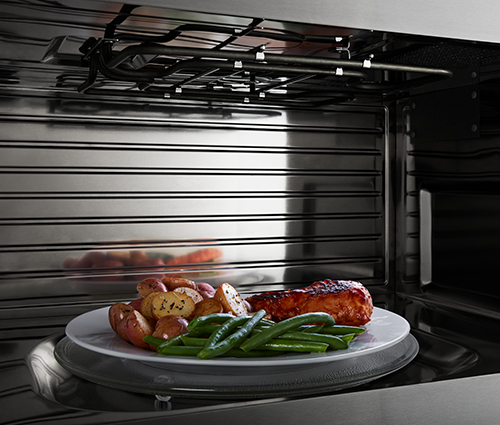
Table of contents

Combination Microwave vs. Traditional Microwave

If you are looking for one for your kitchen, knowing how they differ can be helpful. Here are a few differences between a combination microwave and a traditional microwave to keep in mind:
- Combination microwaves offer features above and beyond those of traditional microwaves and can even serve as ovens. Features can include: grilling, baking, roasting, broiling, and steaming functions, and more. Some also offer a convection cooking option.
- Unlike modern microwave ovens, traditional microwaves are used primarily for reheating leftovers and frozen foods rather than cooking everything from scratch.
Ready to explore a traditional microwave? Or a combination model that can also serve as an oven?
While traditional microwaves are compact and familiar, combination microwaves are slightly larger and have the capacity to grill, bake, roast and broil. Check out the differences with these models from Maytag brand.
How Each Works

Microwaves heat food by rapidly heating water molecules. Microwaves with combination features provide all the benefits of a microwave, but with added features that make it possible to use it as a small oven.
Microwave convection ovens come with an additional heating element and fan to provide even heat distribution, so you can bake and roast food without burning it.
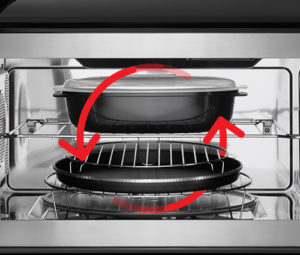
How to Decide Which Microwave is Right For You

The following questions can assist you in making your decision:
What will I Use it For?
A microwave will work for those who wish to heat leftovers or reheat frozen meals.Do I Need a Second Oven?
With microwave combination ovens, you can cook multiple things simultaneously and use it as a second oven. It combines the functionality of a regular oven and a microwave.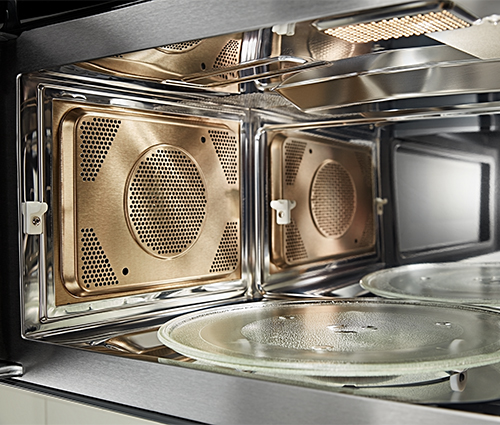
Do I Have Space?
If you want to install a combination microwave in your kitchen, you will need more space than a traditional microwave. Before you purchase one, make sure your kitchen has enough space to put it. For small spaces, you could consider using a combination microwave in place of your oven as it takes up much less room than a traditional oven. Just be sure it has enough capacity to cook your meals.Which one fits my budget?
As traditional microwaves have fewer features and less functionality, they’re generally less expensive than combination microwaves. However, pricing may vary from brand to brand and model to model.